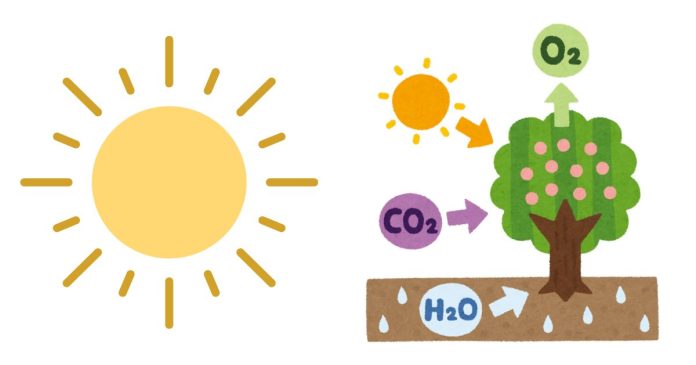Photosynthesis is the process by which plants, algae, and some bacteria convert light energy into chemical energy, storing it in the form of glucose (a type of sugar). For this process to occur, three key components are essential:
1. Light Energy
- Source: The primary source of energy for photosynthesis is sunlight. Plants absorb light through pigments in their chloroplasts, primarily chlorophyll.
- Role: The light energy is used to power the chemical reactions that convert carbon dioxide and water into glucose and oxygen.
2. Water (H₂O)
- Source: Water is absorbed by plant roots from the soil and transported to the leaves.
- Role: Water molecules are split during the light-dependent reactions of photosynthesis. The hydrogen from water combines with carbon dioxide to form glucose, and oxygen is released as a byproduct.
3. Carbon Dioxide (CO₂)
- Source: Carbon dioxide is taken from the air through small openings in the leaves called stomata.
- Role: Carbon dioxide is essential for the synthesis of glucose. In the process known as the Calvin Cycle, carbon atoms from CO₂ are used to form the glucose molecule.
The Photosynthesis Equation
The basic chemical equation for photosynthesis is:
This equation shows that six molecules of carbon dioxide and six molecules of water, using light energy, produce one molecule of glucose and six molecules of oxygen.
In summary, the three essential components needed for photosynthesis are light energy, water, and carbon dioxide. These elements work together in plants to produce glucose, which provides energy for the plant, and oxygen, which is released into the atmosphere. This process is fundamental to life on Earth, supporting the food chain and maintaining atmospheric oxygen levels.


